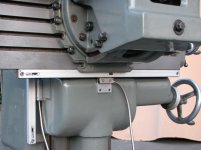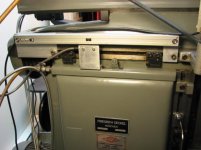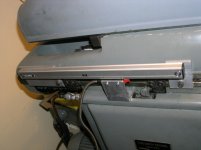efleming
Plastic
- Joined
- Nov 9, 2009
- Location
- San Diego, CA
First I'd like to say that this topic has been discussed before in earlier threads. The pictures no longer seem to be active so I am going to post again.
I'm looking for DRO mounting advice from folks that have put 3 axis DROs on their Deckel FP2s. I have a 1964 model that I've recently acquired. Any ideas or pictures (especially pictures) would be a great help. I've not picked the DRO yet but want something new and most likely made in the USA. Please let me know about your mounting experiences. Thank you.

Eric Fleming
www.flemingknives.com
I'm looking for DRO mounting advice from folks that have put 3 axis DROs on their Deckel FP2s. I have a 1964 model that I've recently acquired. Any ideas or pictures (especially pictures) would be a great help. I've not picked the DRO yet but want something new and most likely made in the USA. Please let me know about your mounting experiences. Thank you.

Eric Fleming
www.flemingknives.com









